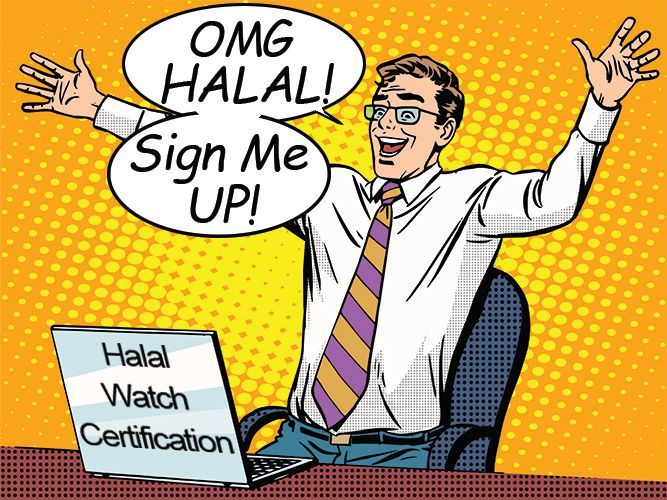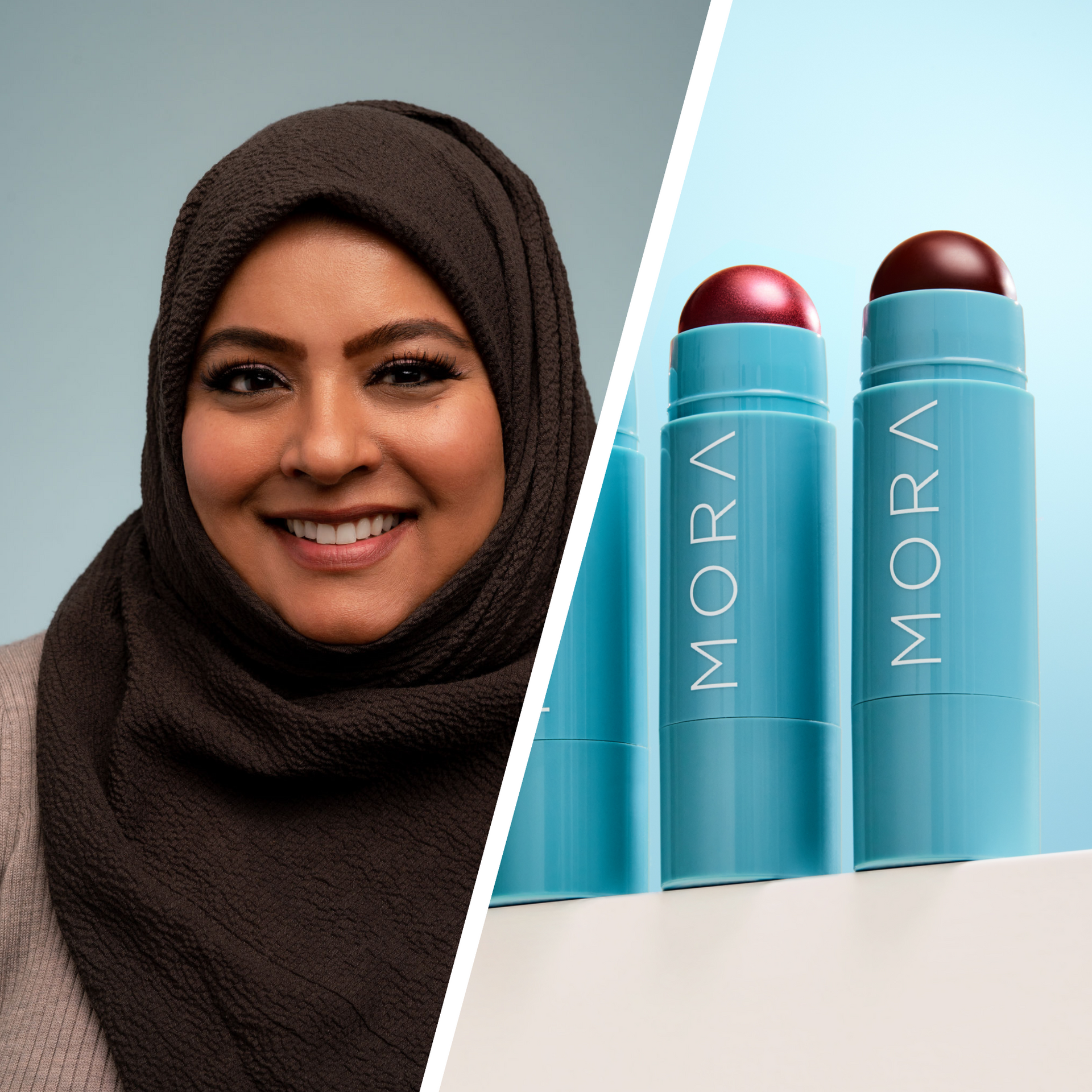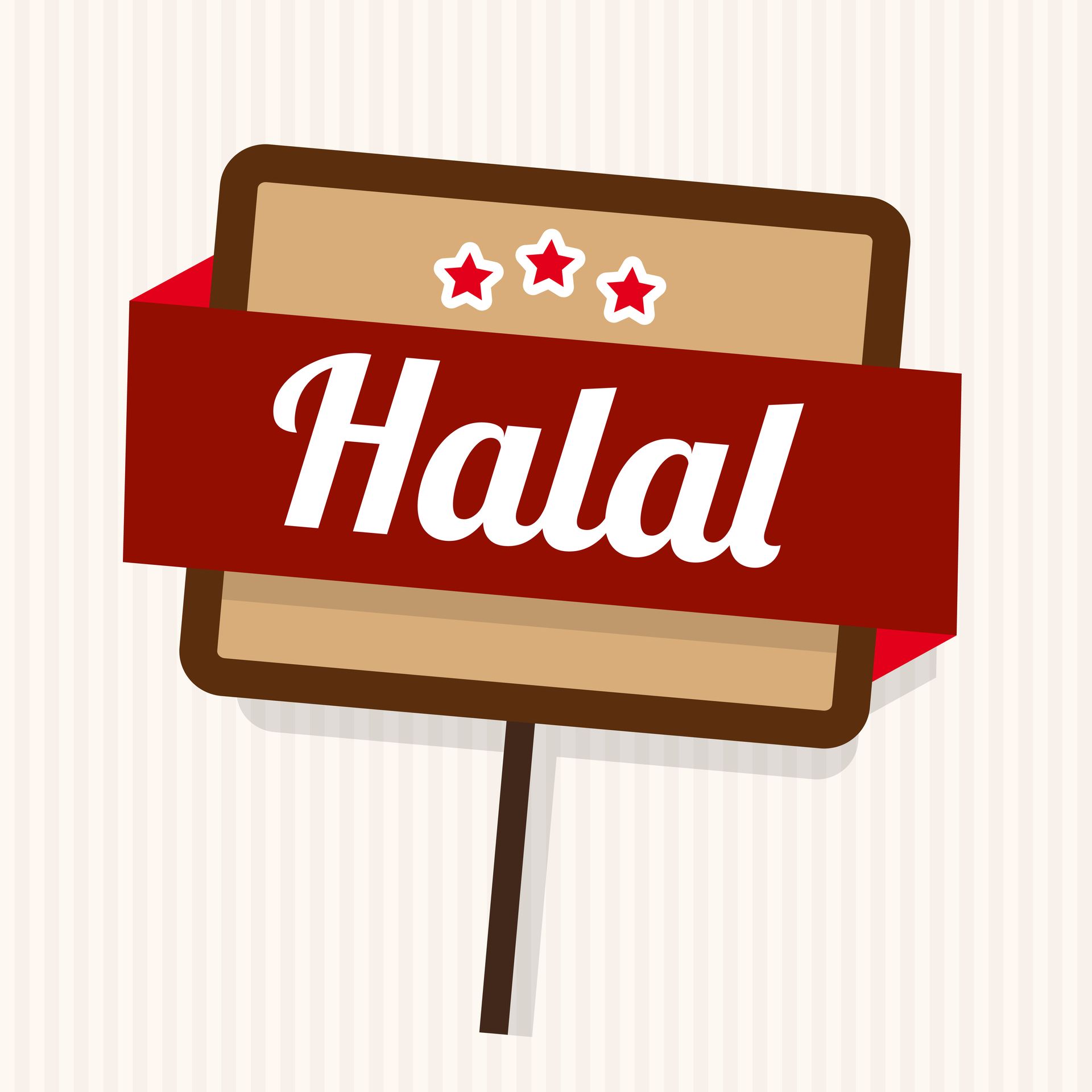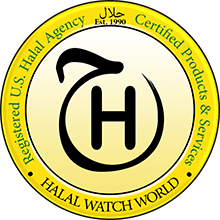1-877-HALAL-WW (+1-877-425-2599)
The Rise of Halal Fashion
Contemporary Modesty In View
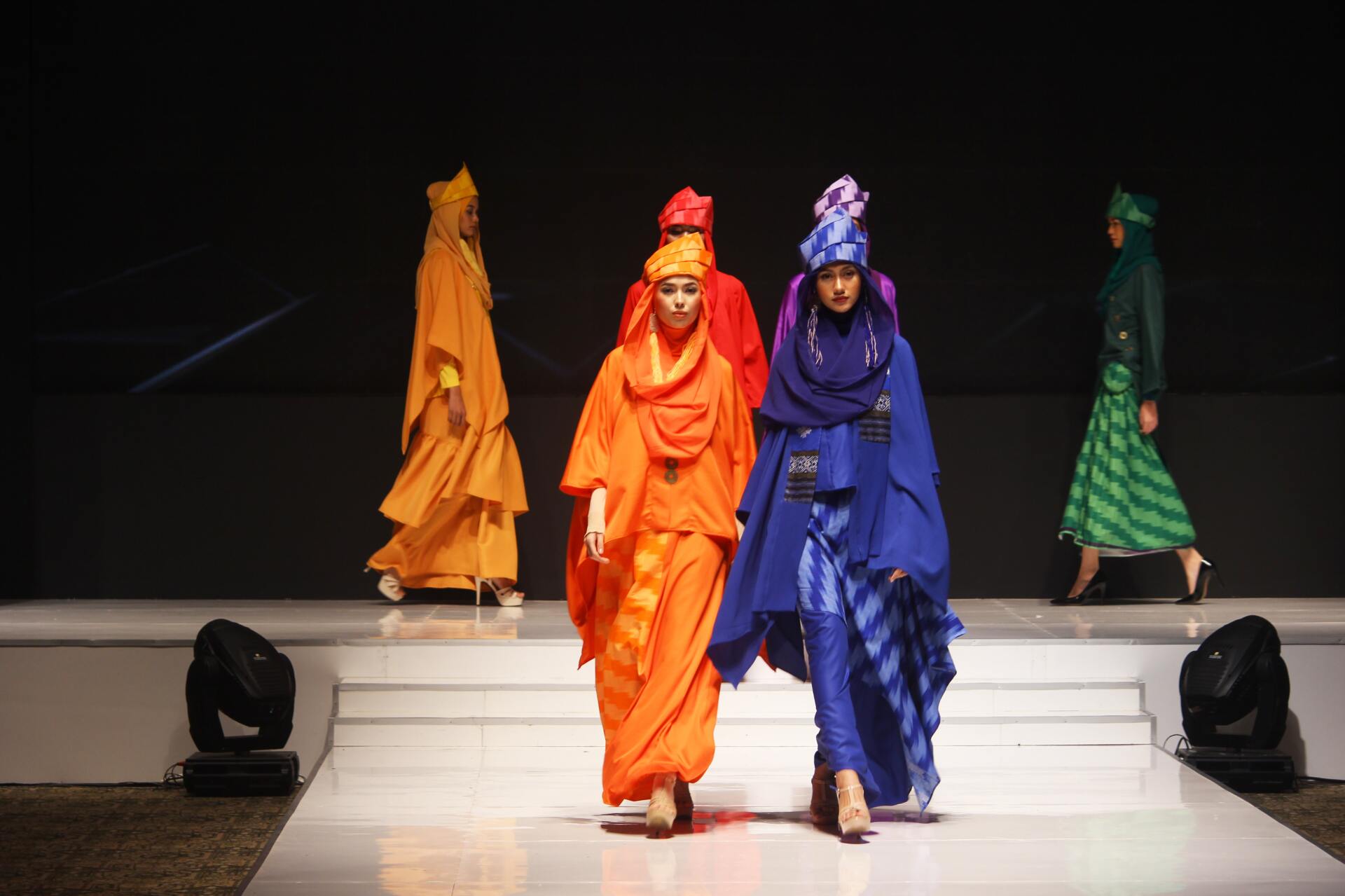
The lucrative fashion industry is continuously in flux; styles and trends are constantly changing. Wearing Birkenstocks may get you a seat at the table, but sporting bell-bottoms from the early 2000s will have you metaphorically ousted before you even set foot through the door. The trends that dominate the runway or the posts of your favorite modest fashion influencer also determine architecture, the future of interior décor, and other related industries. To determine a trend, trend forecasting acts as a vital tool to pre-empt consumer trends and gain insights to help brands plan ahead and increase their purchasing power of consumers. These trends are also inextricably connected with the socio-political climate of the time when trends are forecasted. Given the narrative surrounding Islam, informed by major media houses, very few predicted the rise of modest fashion. In this article, I'll be delving into the rise of the modest fashion industry, its stakeholders, and its role in the global halal market.
"Similar to religious art, for the Muslim woman, dressing modestly can be likened to devotion and an act of submission."
Nearly a decade ago, it was hard for Muslim women to find modest clothing in department stores that were loose, non-transparent, and able to cover appropriately. Aside from that, the Muslim woman was purposefully excluded and continuously policed. From the lack of representation of Muslim women in the media and fashion houses, to being jailed and fined for donning their hijab, Muslim women were - and are still - being "othered". So what led to the rise of Modest Fashion? The three key factors explored in this post are: the fashion industry, media, and the halal market.
Disclaimer: Modest fashion encompasses a wide variety of styles and can take on different interpretations for different people. Although modest fashion is frequently associated with Muslim women, it also includes – and appeals to - women of all faith and cultural backgrounds. Essentially, modest fashion is all about keeping it covered.
Retailers and the Modest Fashion Bandwagon
Initially, modest fashion arose out of a need for inclusion. And while the styles typically range from higher necklines and longer hemlines, the modest fashion industry challenges us to rethink the way we view clothes. It's no doubt that major retail outlets are playing one of the most prominent roles.
According to a 2018 report by Thomson Reuters and DinarStandard, $270 billion was spent by Muslim consumers on modest fashion in 2017. The report projects 4.8 percent year-on-year growth for the sector and estimates that sales are expected to reach $402 billion by 2024. As a result, fashion brands have noted this growing trend, and many have rushed to cater to this relatively untapped global billion-dollar industry.
Since the economic crises of 2008, former senior vice-president of Gucci, Alexandra Gillespie, mentioned that 2009 was 'the worst year on record for the luxury sector.' In the wake of the recession, the fiscal difficulties prompted Gillespie to say 'This is not a time to panic, this is a time to define and redefine the brand.'
As a result, the fashion industry undertook a massive overhaul, and designer houses were now featuring styles that appealed to the target markets of the Middle East and Russia. At the time of the recession, Russia flourished from price spikes in crude and the Middle East, well, from oil.
Over the past decade, the demand for haute couture in the Middle East has increased. Moreover, its modest fashion market has seen massive growth in the retail sector and outperformed the markets of Russia and China. In 2016, when Dolce & Gabbana launched their abaya and hijab collection, Forbes called it 'their smartest move in years.' A chief executive of Hermes, Thomas Patrick, told Reuters that between 2009 and 2011, the Middle East generated 30 – 35% of the brand's annual sales. According to fashion industry expert, Jeffry Aronnson, 'Women from the Middle East are our top buyers, and they are likely to remain so.' In later years, Nike has jumped on the modest fashion bandwagon by releasing its modest sports and swimwear collection.
The Rise of the Hijabi Influencer
To successfully tap into the near $368 billion treasure trove of modest fashion, fashion brands had to include the fashion-conscious Muslim women who have already been taking center stage of the hijabi fashion movement. However, the Muslim woman is not a monolithic entity – what a fashion-conscious Muslim woman looks like in the Middle East is completely different from one in the United States.
With the advent of YouTube nearly over a decade ago, Muslim women like Dina Torkia, took to YouTube and combined two things that were important to them: modesty and fashion. Nearly ten years later, inspired hijabi influencers have followed suit and emerged in the thousands across social media platforms.
In 2013, blogger Mariah Idrissi was scouted by H&M to be part of their fashion campaign centered around inclusivity entitled – 'fashion has no rules.' Being the first headscarf-clad model, Idrissi was championed for her 'big achievement'.
In 2016, with over 92 million views, Dina Torkia was recognized for her work in bringing more diversity to the fashion industry and named one of YouTube's Creators for Change, a global initiative dedicated to amplifying young YouTubers using their channels to front social change to promote messages of tolerance and empathy.
As a result, the hijabi influencer was regarded as 'unstoppable,' and brands were applauded for their innovation and courageous for daring to be different in creating modest wear collections.
In an interview with Goltune, Modest Fashion Designer, Hana Tajima, was asked about the connection between modesty, fashion, and religion. In response, Tajima noted that it is about 'self-expression, about connecting with something outside of yourself.' While religious art is often the most interesting precisely because it is not art for the sake of art, it's a form of devotion and submission to something. Similar to religious art, for the Muslim woman, dressing modestly can be likened to devotion and an act of submission.
The Halal Industry and Modest Fashion
Food and beverages constitute the largest sector of revenue for the halal market. According to a report from DinarStandard, Muslims have spent an estimate of $2.2 trillion on halal and Islamic lifestyle sectors, 10% of which is accredited to the modest fashion sector. While largely untapped, many brands are jumping on the modest fashion wave. In places such as the Gulf, Indonesia, and Indonesia, their sales figures suggest a steady increase in this lucrative global market. According to the Islamic Fashion & Design Council, modest fashion consumption is led by Turkey with over $25 billion per annum, followed by Iran, Indonesia, Egypt, Saudi Arabia, and then Pakistan.
Conclusion
Within the modest fashion industry, there is freedom of expression. While this industry is not limited to a particular culture or ethnicity, Muslim women are considered trailblazers for this growing global market.



